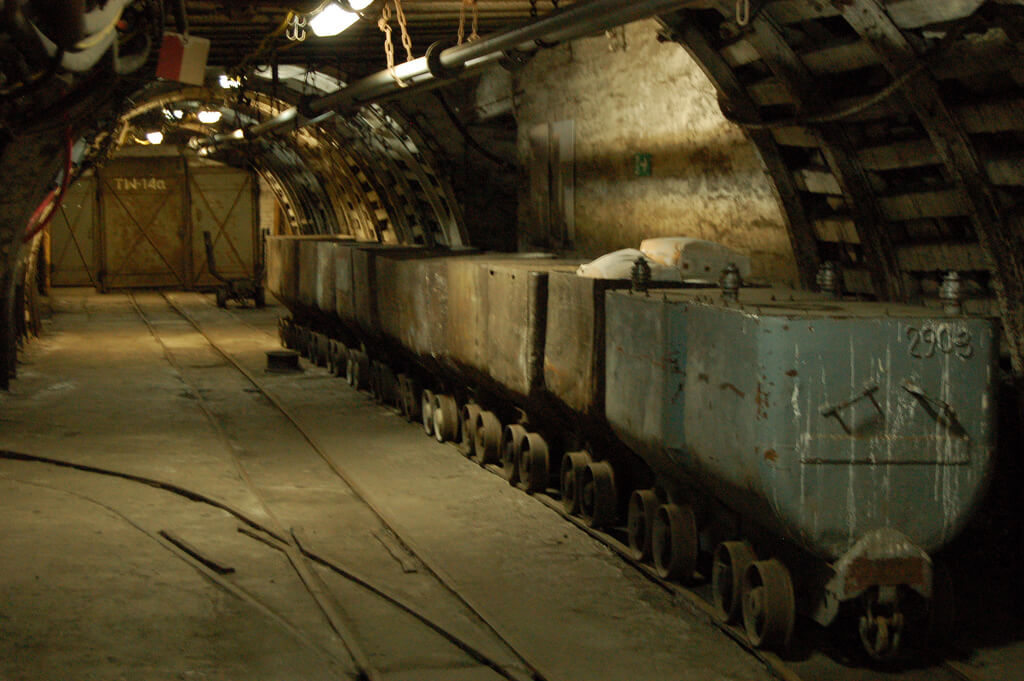In today’s guest post, Emerson’s Juan Carlos Bravo, a member of the metals and mining industry team, shares some highlights from the recent 2012 Society of Mining, Metallurgy and Exploration conference.
On February 19th, I attended the annual SME (Society of Mining, Metallurgy and Exploration)
2012 conference that was held in Seattle, Washington. I was glad to see how many people attended and how the mining industry is booming. According to the organizers, this conference had record attendance of 6000 people and 690 exhibitors. Even though most of the attendees where from North America, I was able to meet with customers from all over the world, hence the title of the conference, “Mine to Market: Now It’s Global“.This boom is confirmed not just by the attendees, but also by the number of projects going on. As reported by Industrial Info Resources, the spending index in North America for the metals & minerals industry is up more than 50% compared to a year ago and they are tracking more than 2,700 mining projects totaling about $1.1 trillion worldwide.
As with many mining-related conferences, there were many topics including water utilization, material handling, advance control, rising cost of exploration and development, declining ore grades, etc. After attending a project management session, a discussion caught my attention. It was about how mining projects have changed. Today, mines are projected to be bigger in size and to be built as fast as possible—all this in order to take advantage of today’s relatively high commodity prices and high demand. But by doing this, projects are becoming more complex and they have less skilled people to execute them. Therefore, the timely sharing of information is essential for the success of a project.It follows that a good flow of information is also essential to increase production and to lower maintenance costs. An example would be what many mining engineers have shared with me; that is, how good it would be to get information from the mine in order to know what is coming in order to optimize the crushing and milling in the plant. This would result in better calculation of the residence time and reduce the cost due recirculation of the ore.
That is why I believe the mining community will continue to embrace more aggressively technologies such as DCS platforms, wireless instrumentation and Asset Performance Monitoring software. These technologies will allow the mine staff to share information between the different departments in order to make better decisions, to better protect costly assets such as shovels, and to keep them running as much as possible.
Bigger, faster, and more difficult projects will make the flow of information essential at all levels in a mine. Technology suppliers need to make sure that flow of information is easy to implement.





